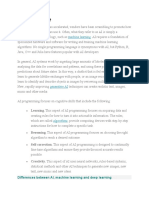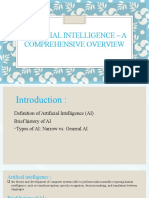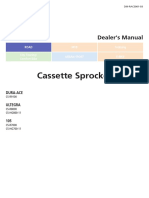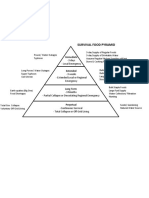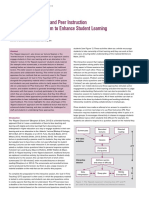0% found this document useful (0 votes)
45 views9 pagesWeek 1 Module - Upou Model
The Week 1 Module of the AI Essentials course introduces the concept of Artificial Intelligence (AI), its applications in daily life, and how it functions through data learning and pattern recognition. It distinguishes between AI, Generative AI (GenAI), and Large Language Models (LLMs), highlighting the complementary nature of AI and human intelligence in decision-making and creativity. The module also outlines various fields within AI, including machine learning, computer vision, and natural language processing.
Uploaded by
Gaudencio LingamenCopyright
© © All Rights Reserved
We take content rights seriously. If you suspect this is your content, claim it here.
Available Formats
Download as PDF, TXT or read online on Scribd
0% found this document useful (0 votes)
45 views9 pagesWeek 1 Module - Upou Model
The Week 1 Module of the AI Essentials course introduces the concept of Artificial Intelligence (AI), its applications in daily life, and how it functions through data learning and pattern recognition. It distinguishes between AI, Generative AI (GenAI), and Large Language Models (LLMs), highlighting the complementary nature of AI and human intelligence in decision-making and creativity. The module also outlines various fields within AI, including machine learning, computer vision, and natural language processing.
Uploaded by
Gaudencio LingamenCopyright
© © All Rights Reserved
We take content rights seriously. If you suspect this is your content, claim it here.
Available Formats
Download as PDF, TXT or read online on Scribd
/ 9


























